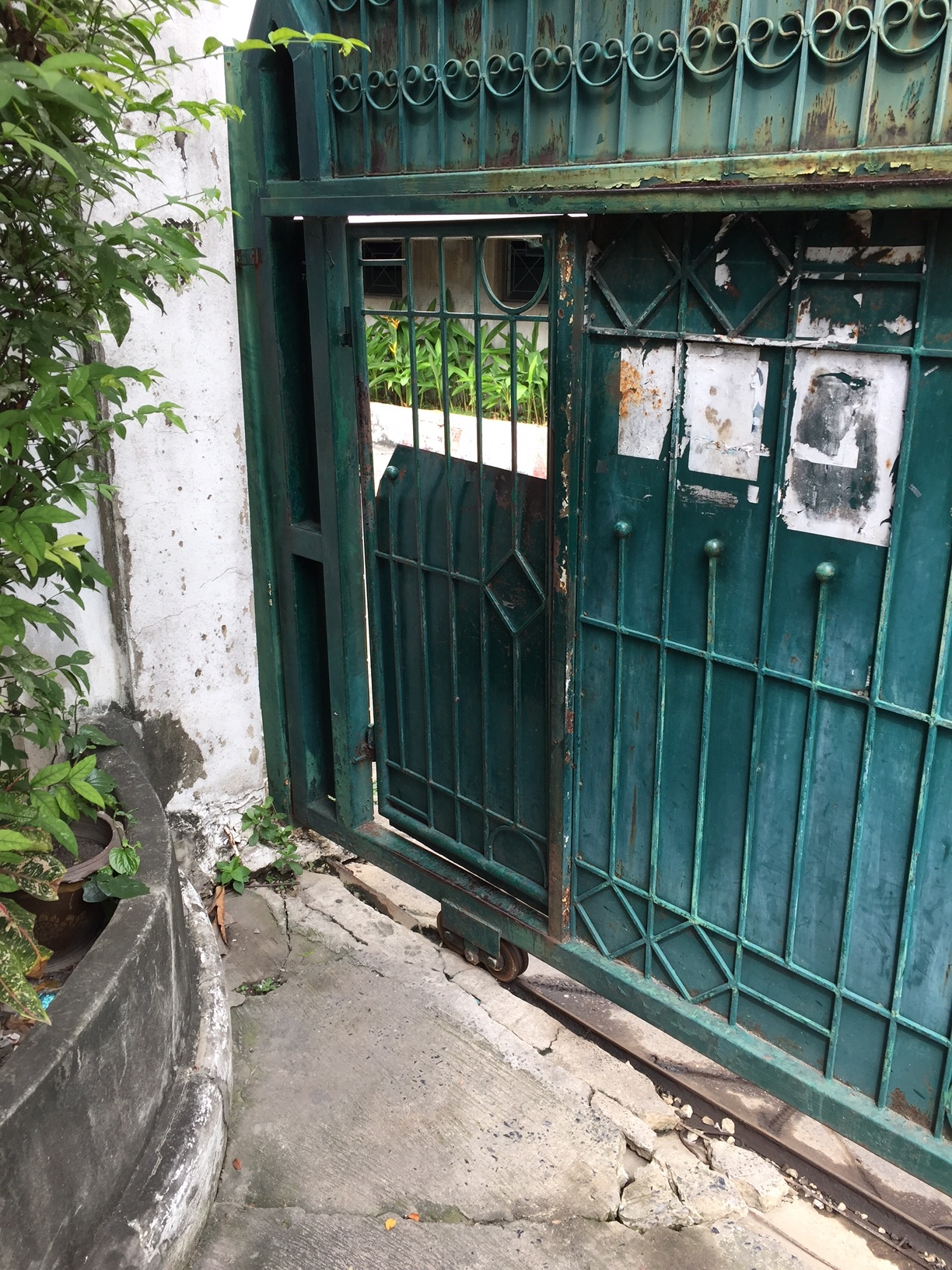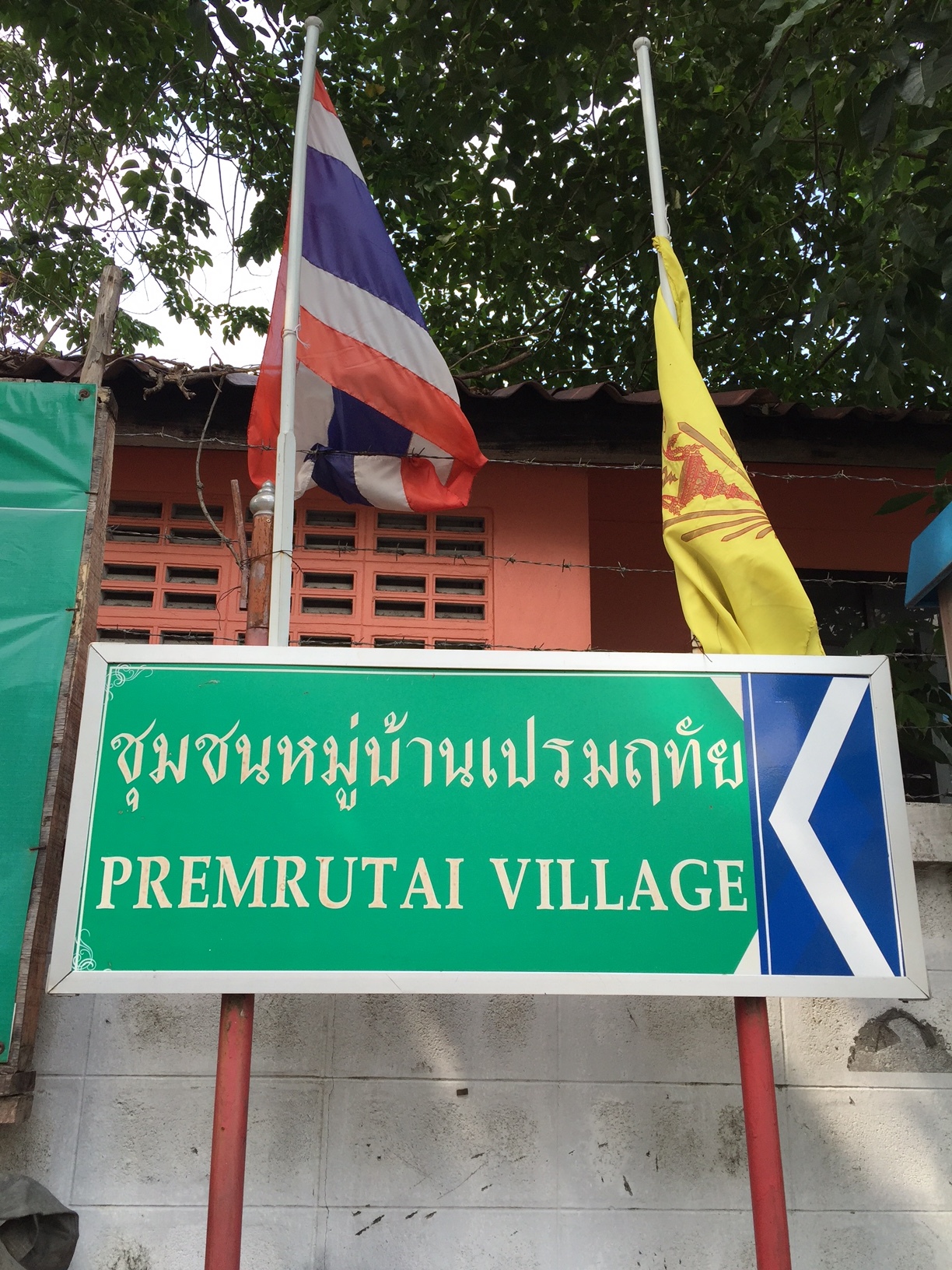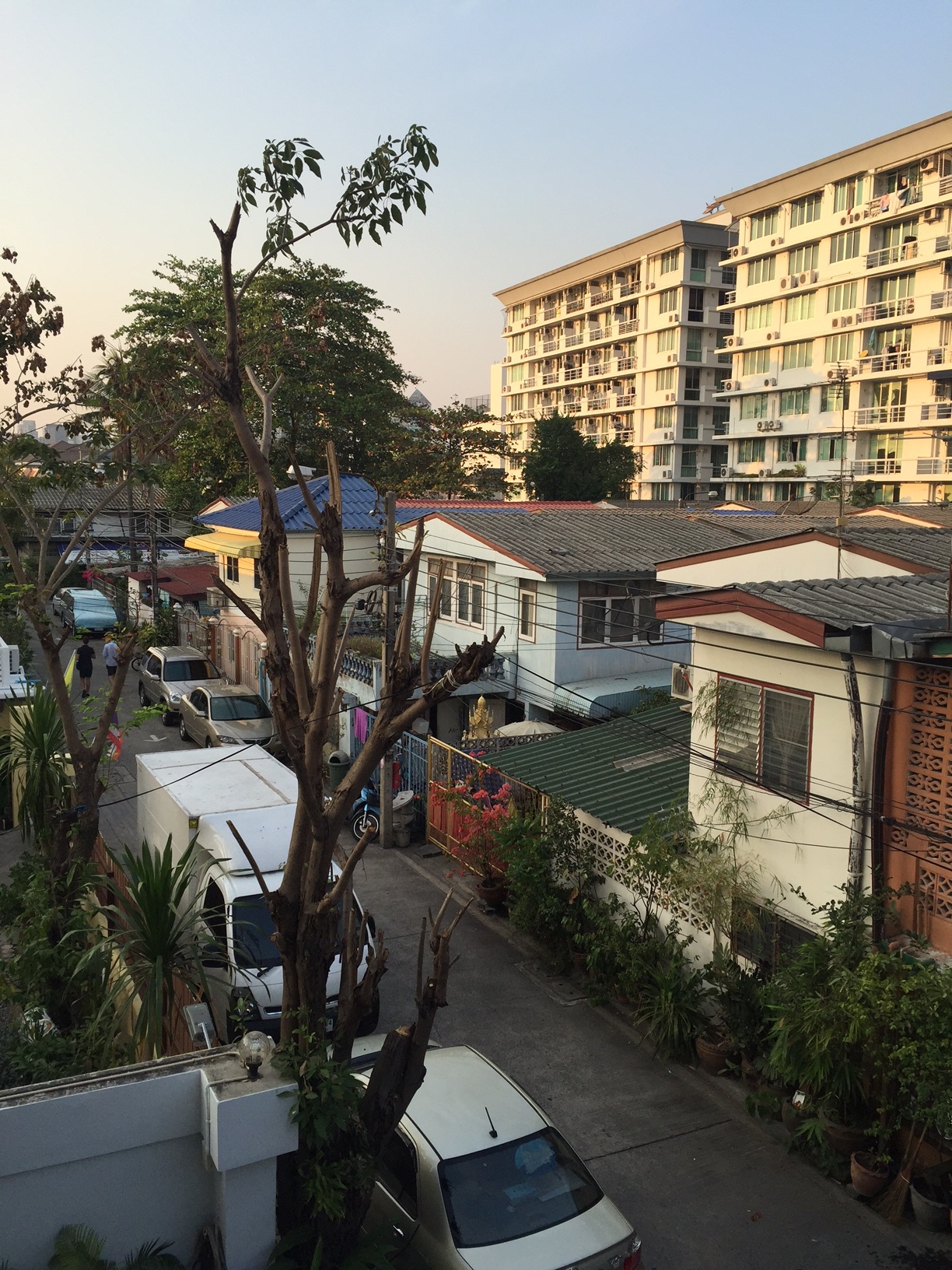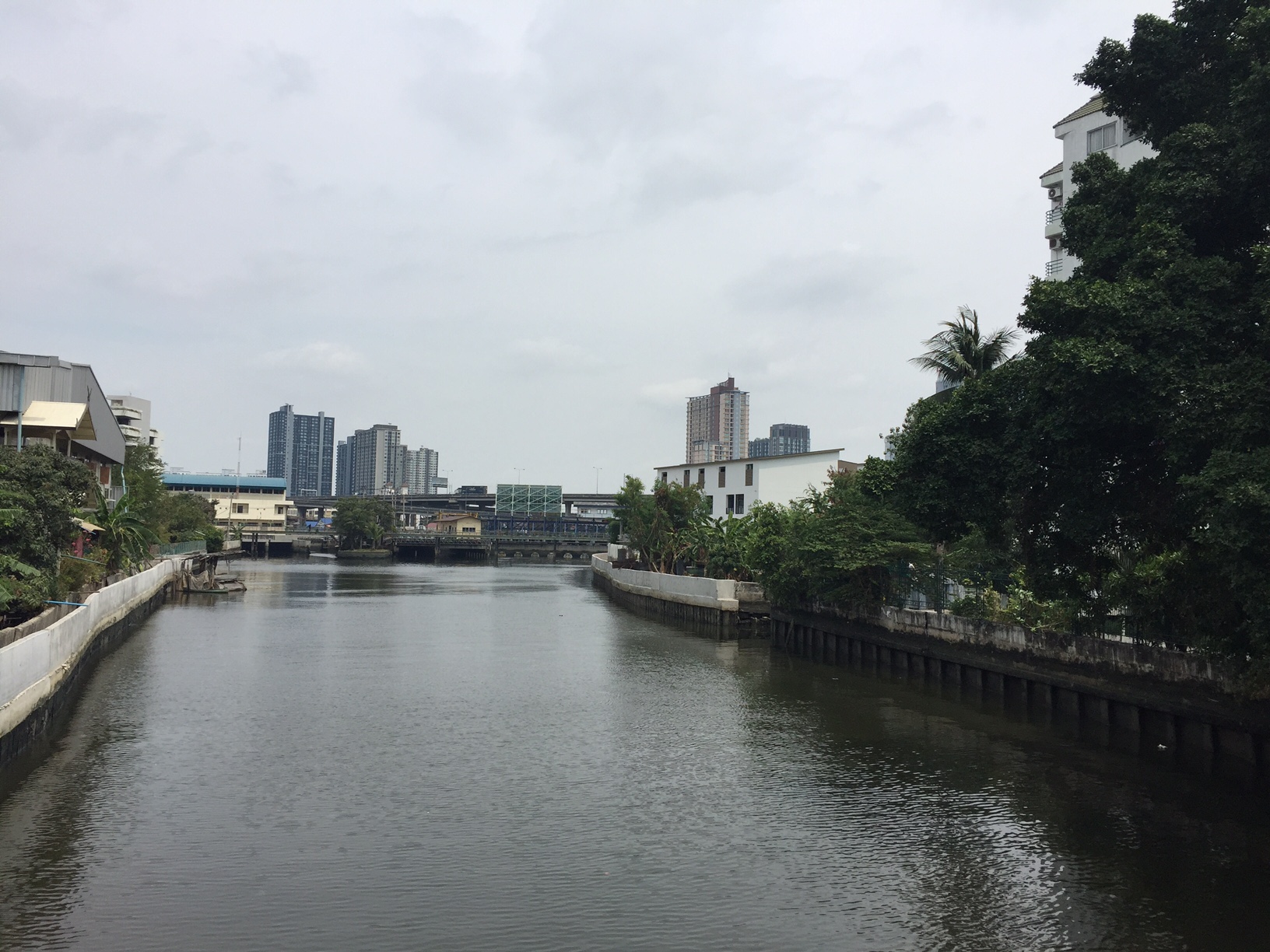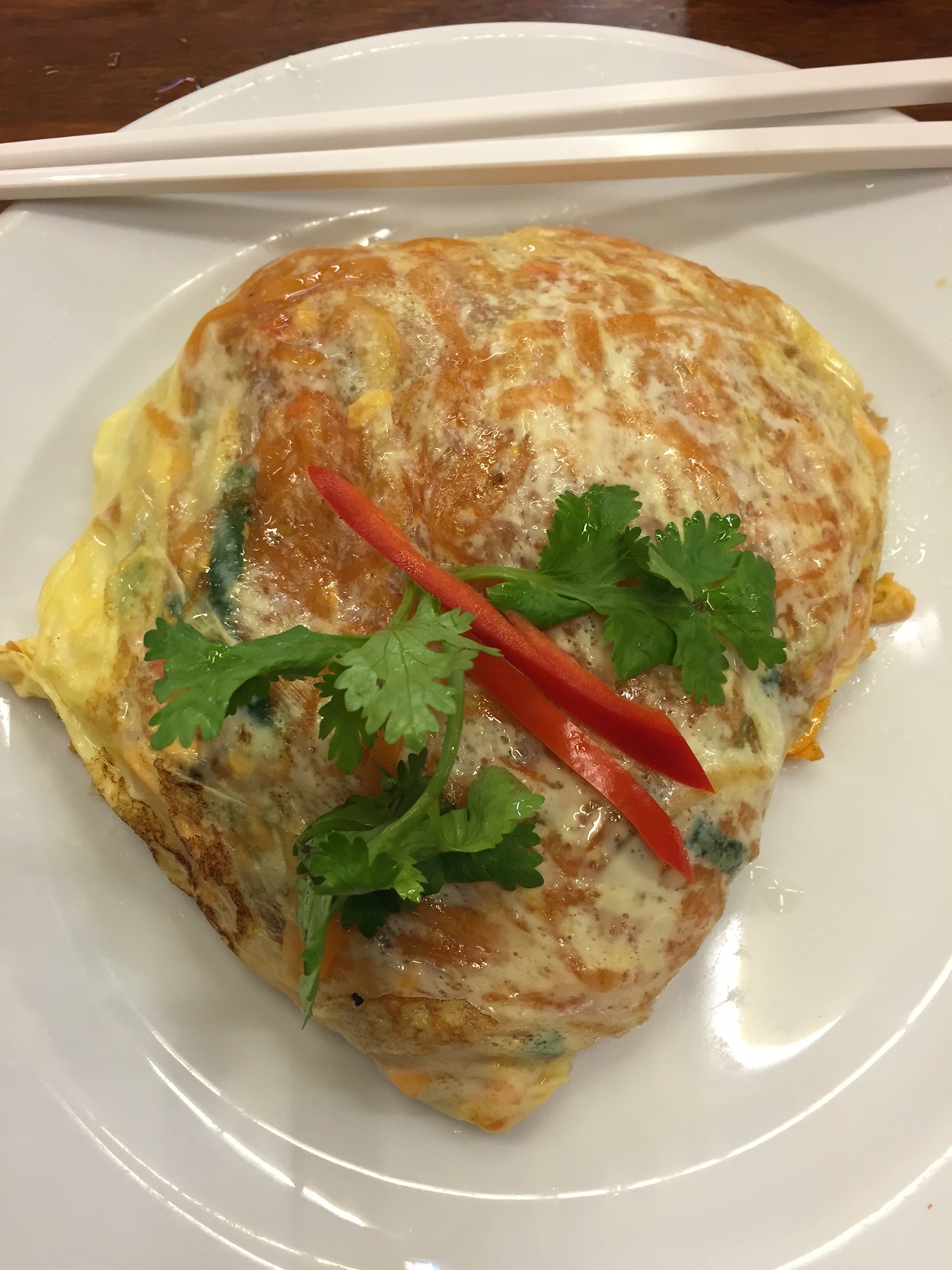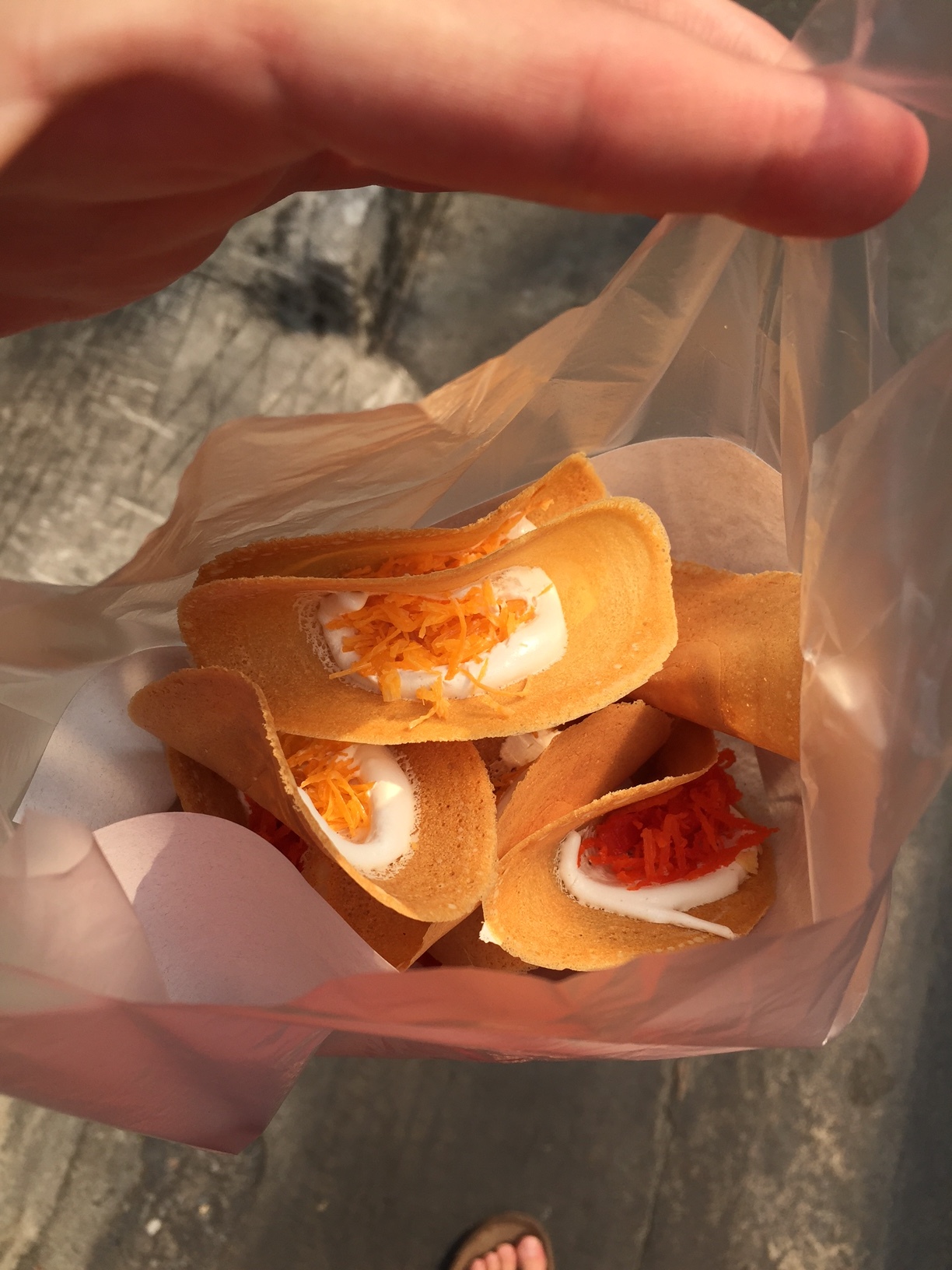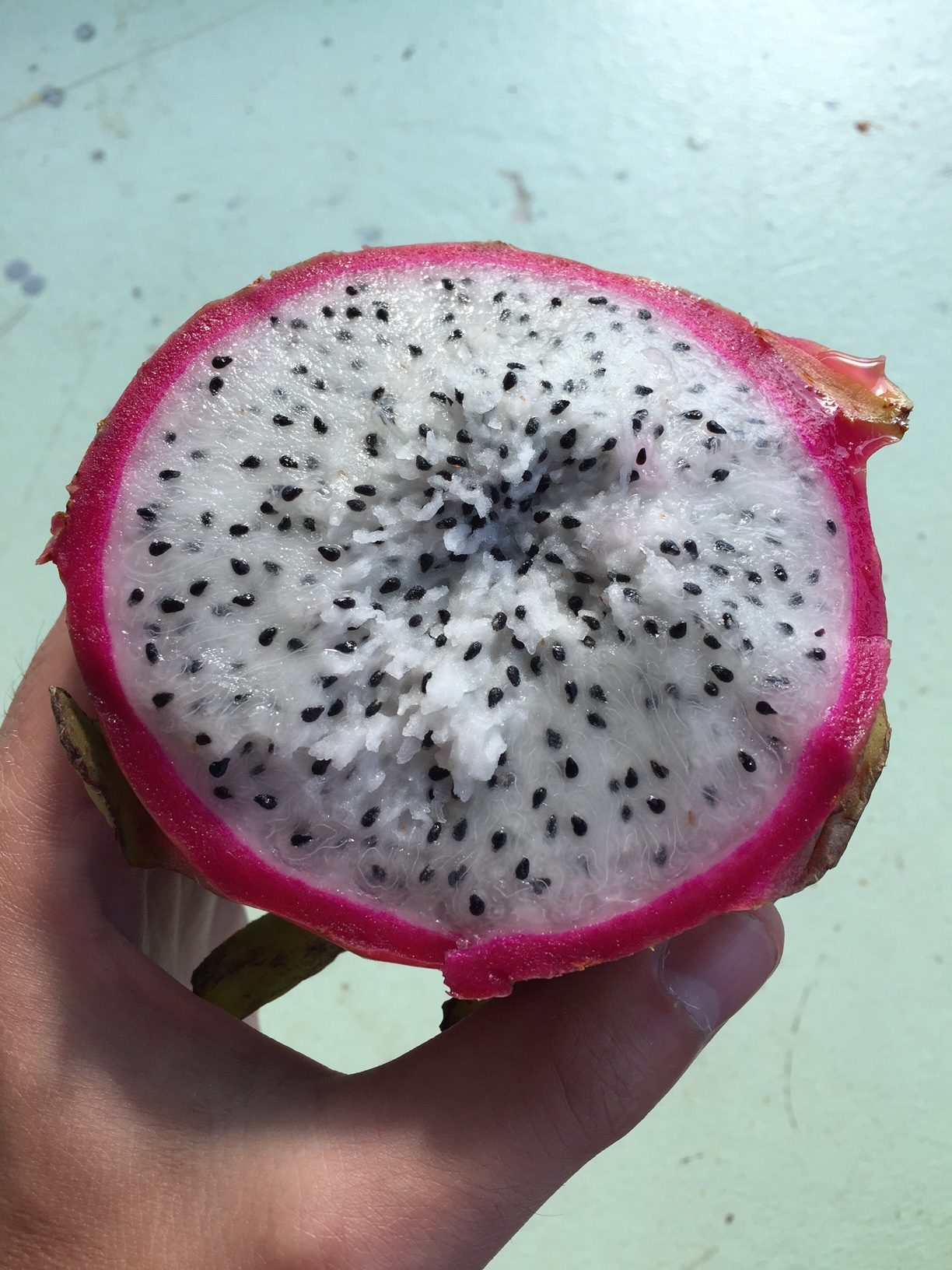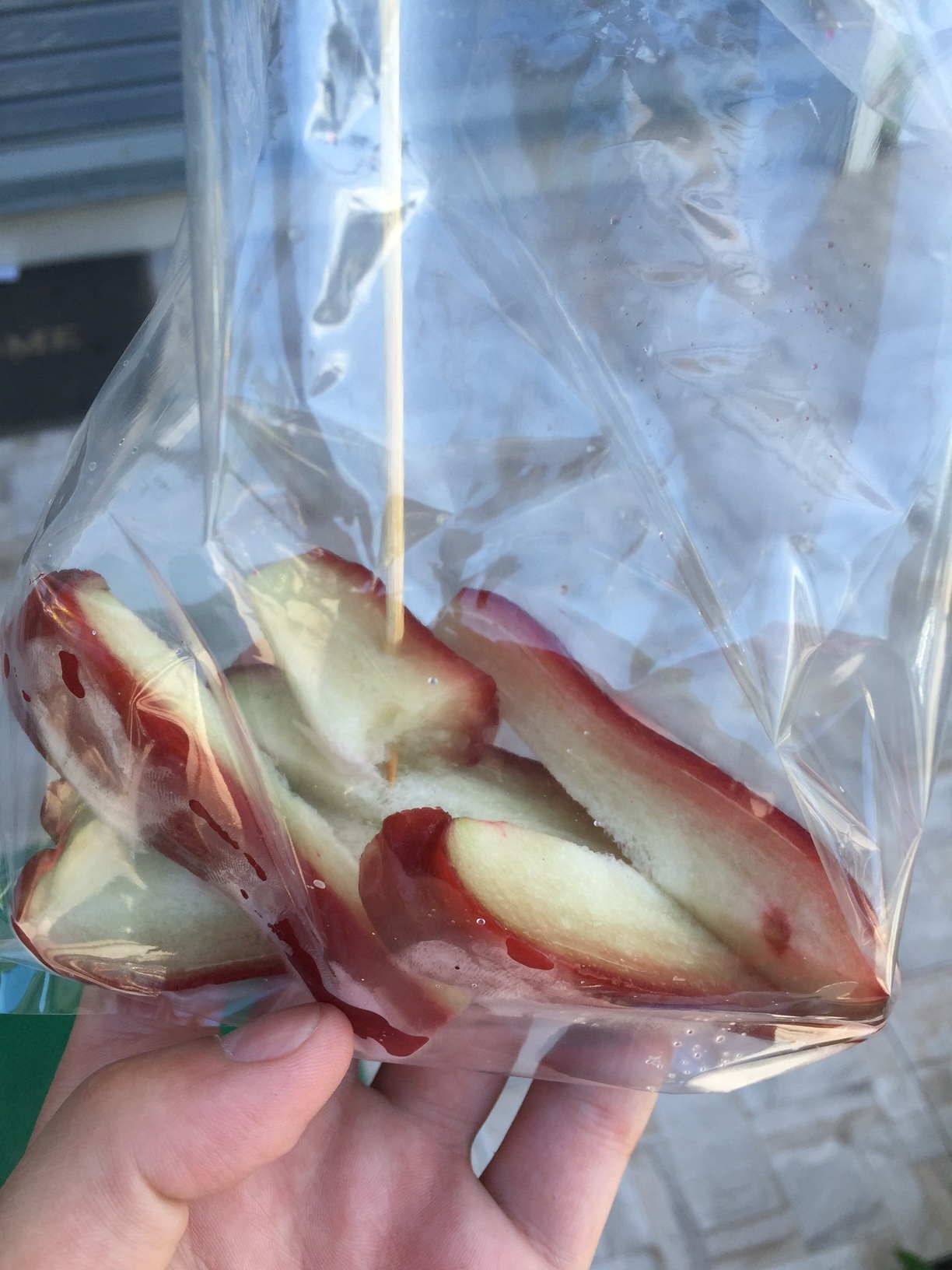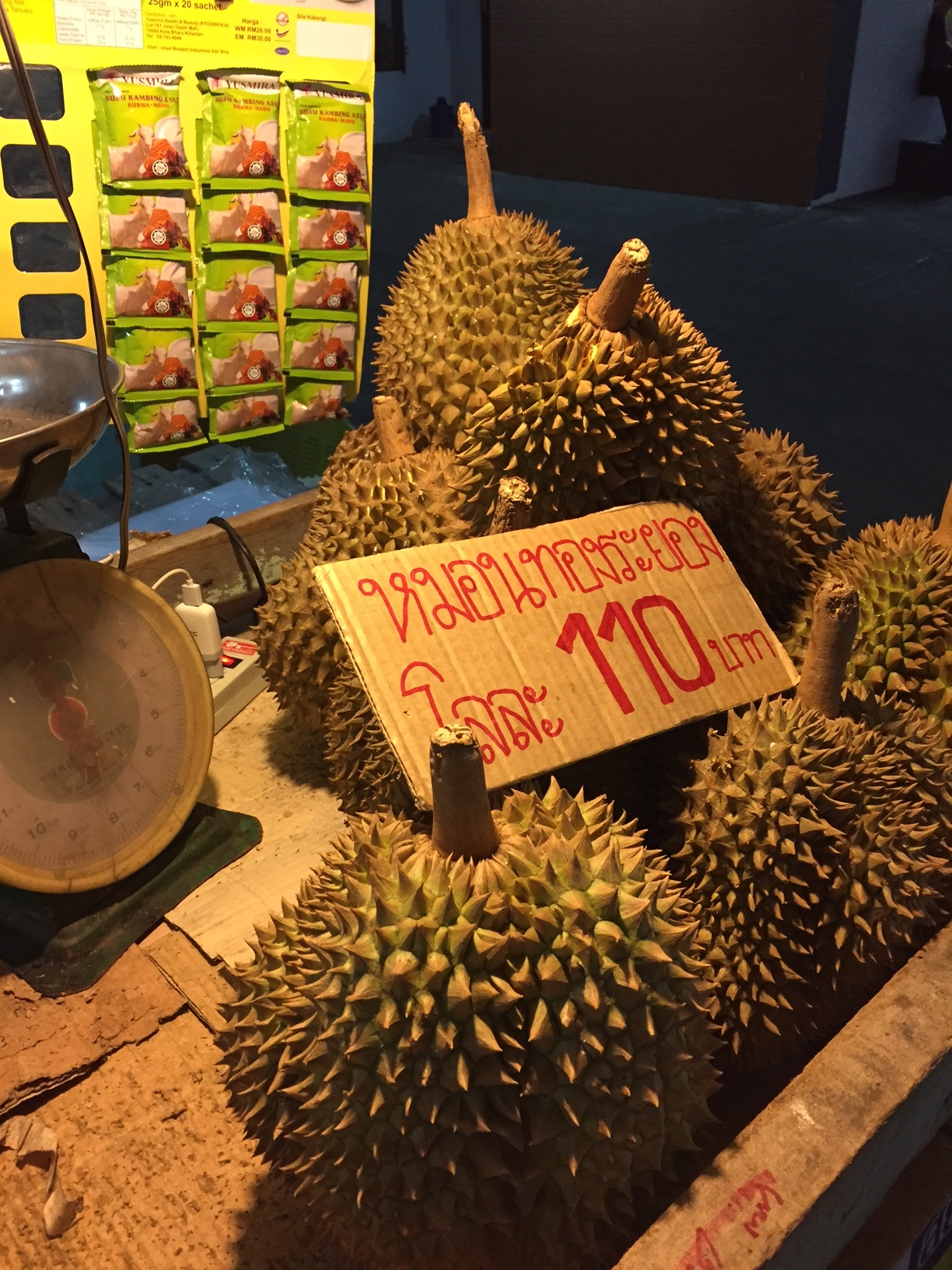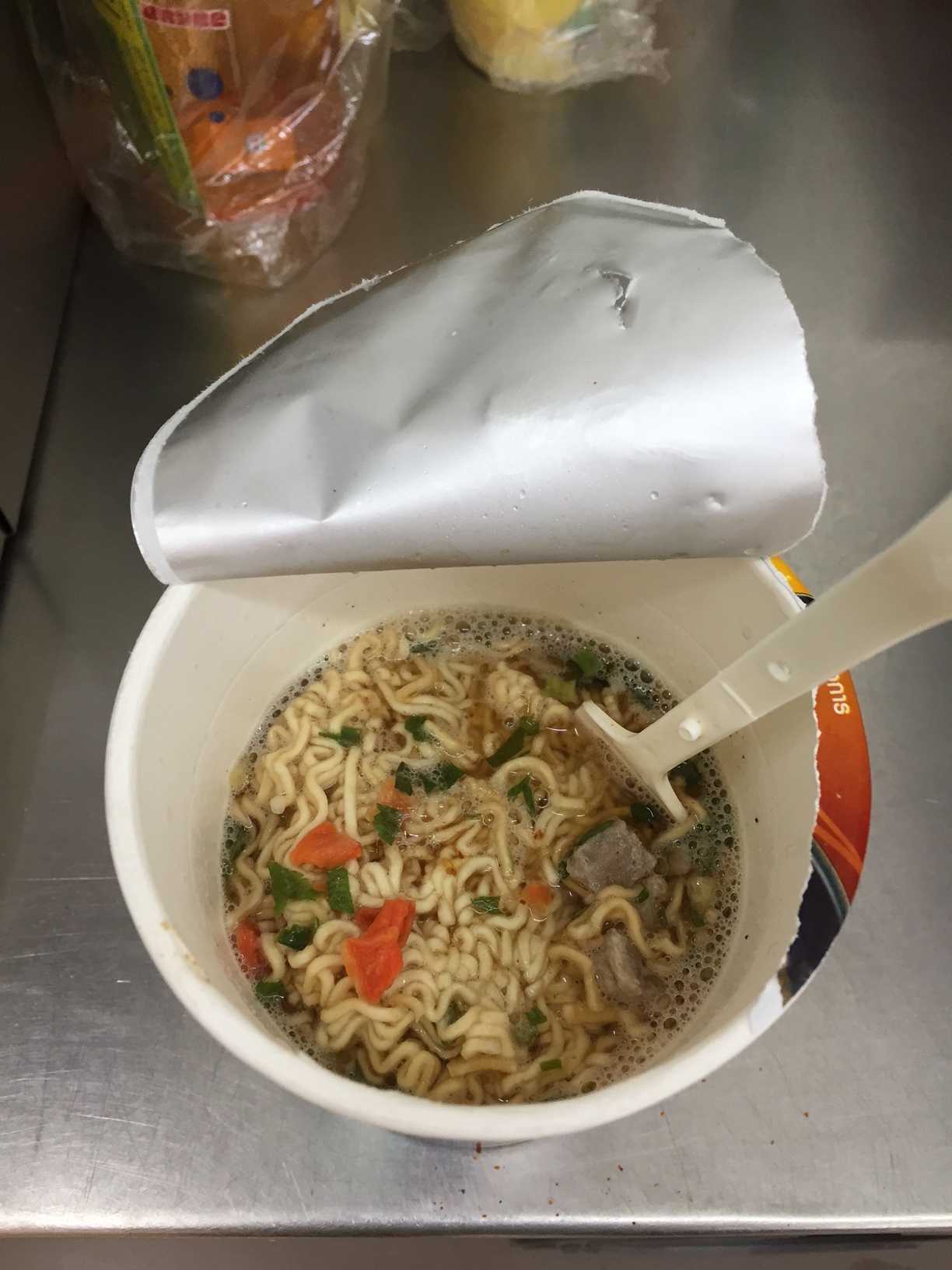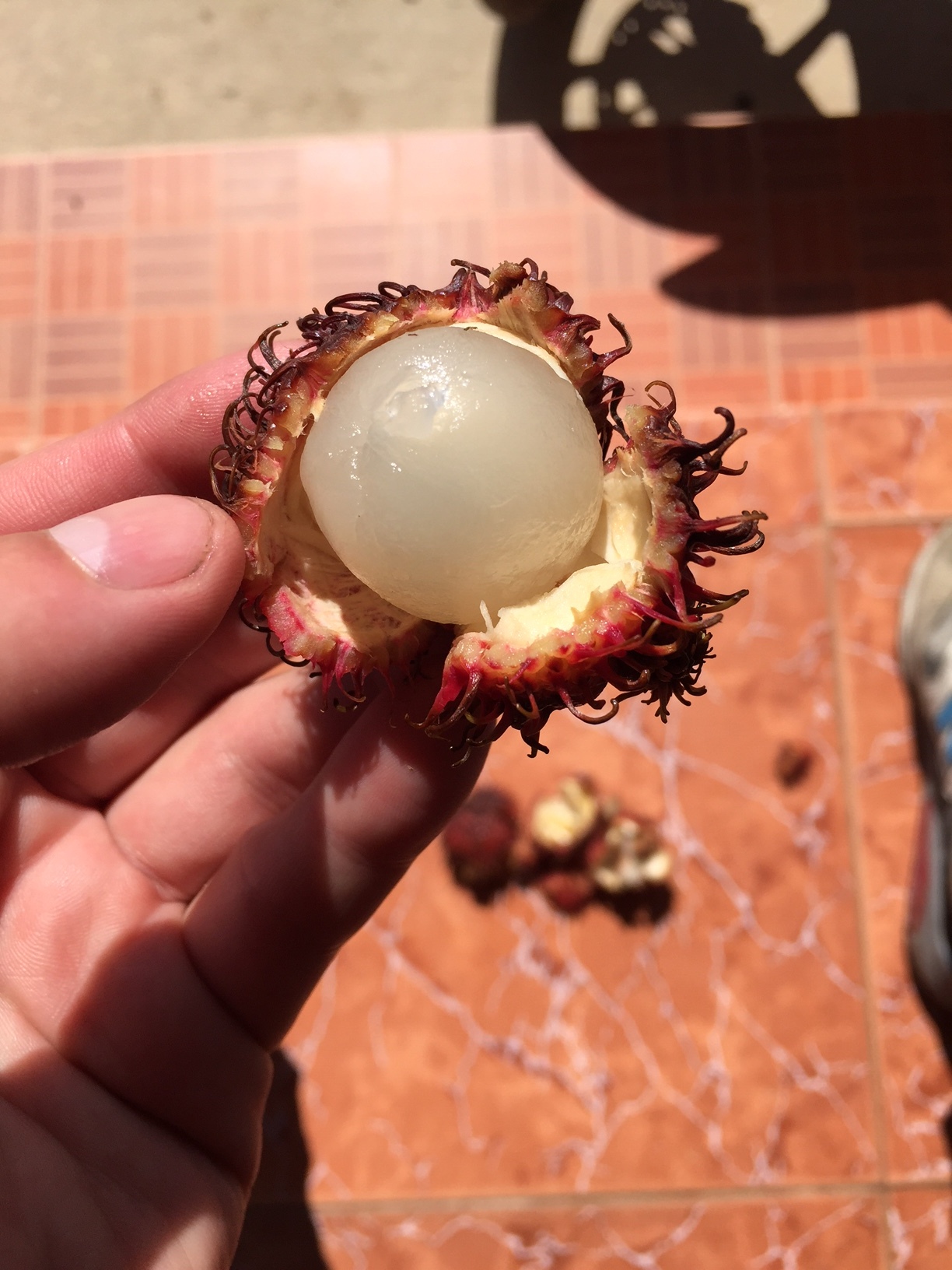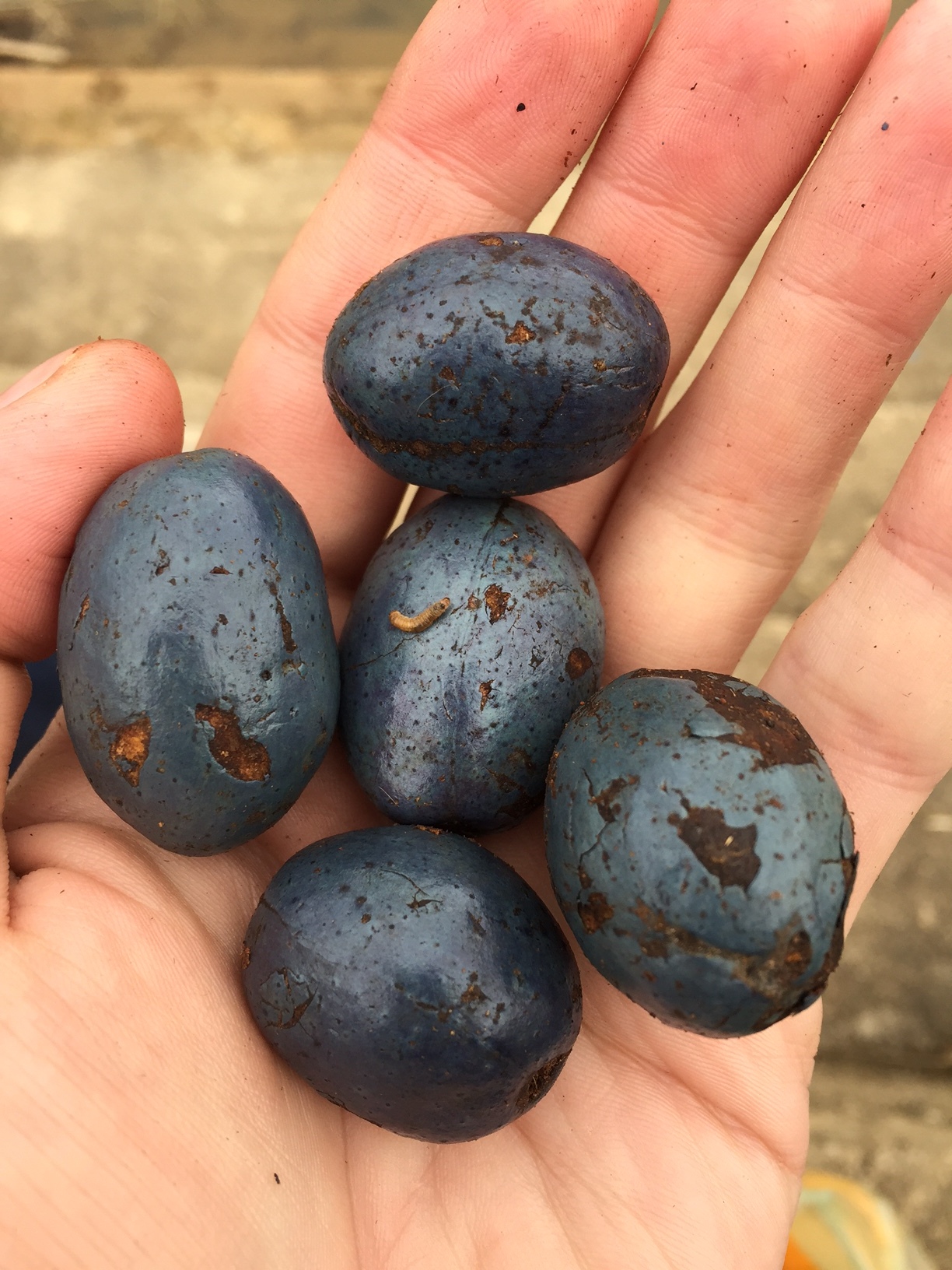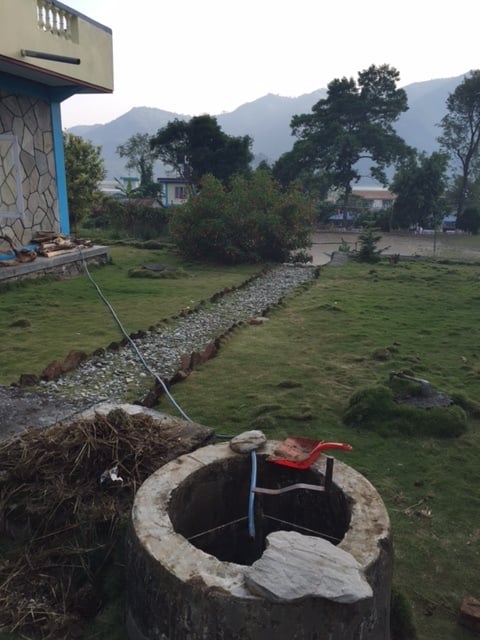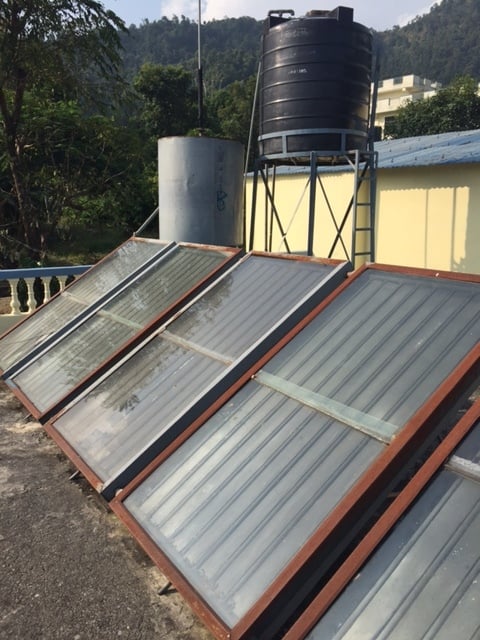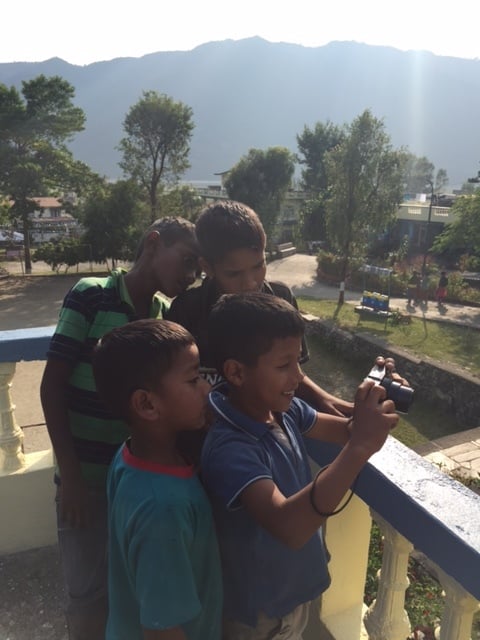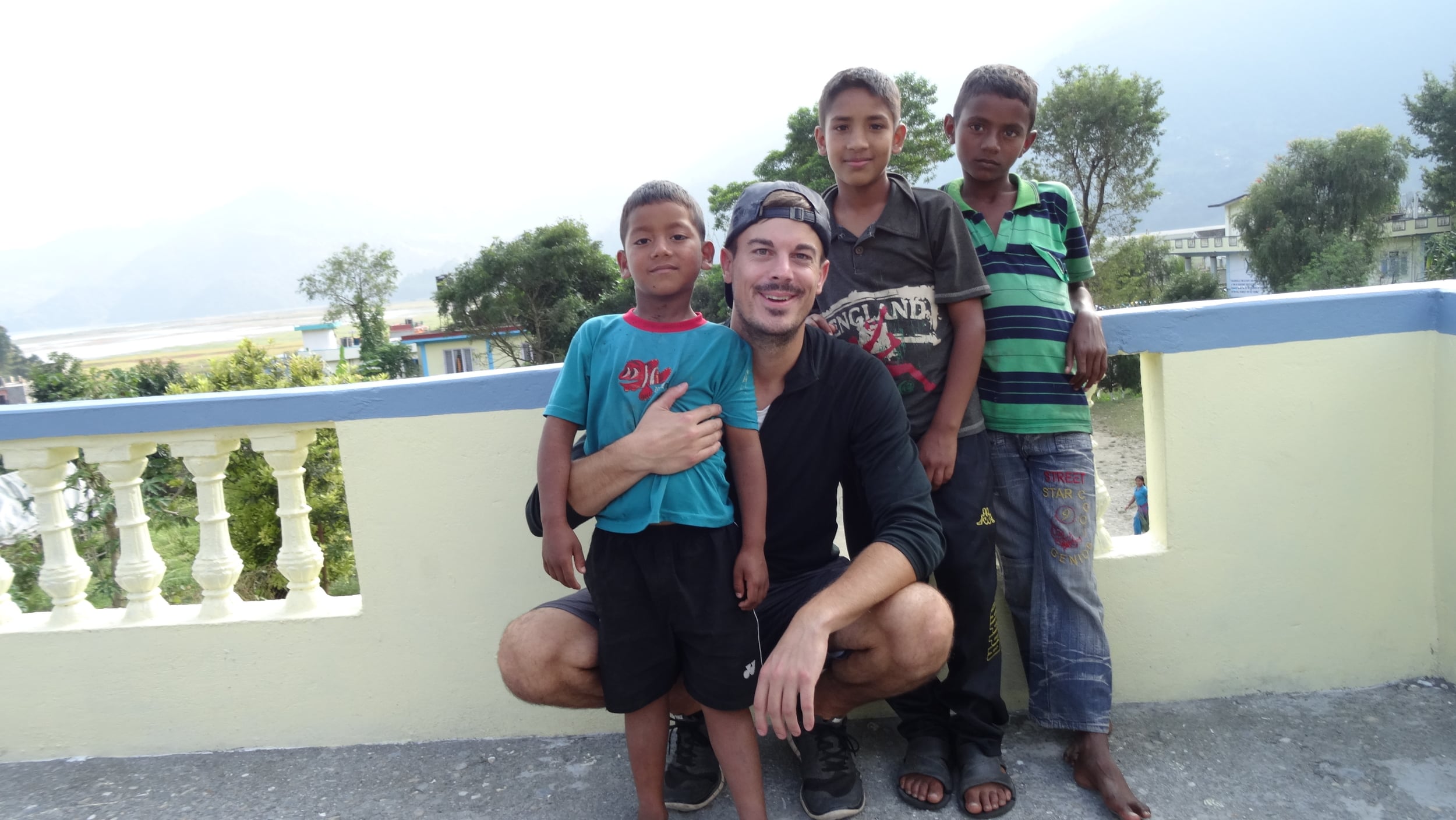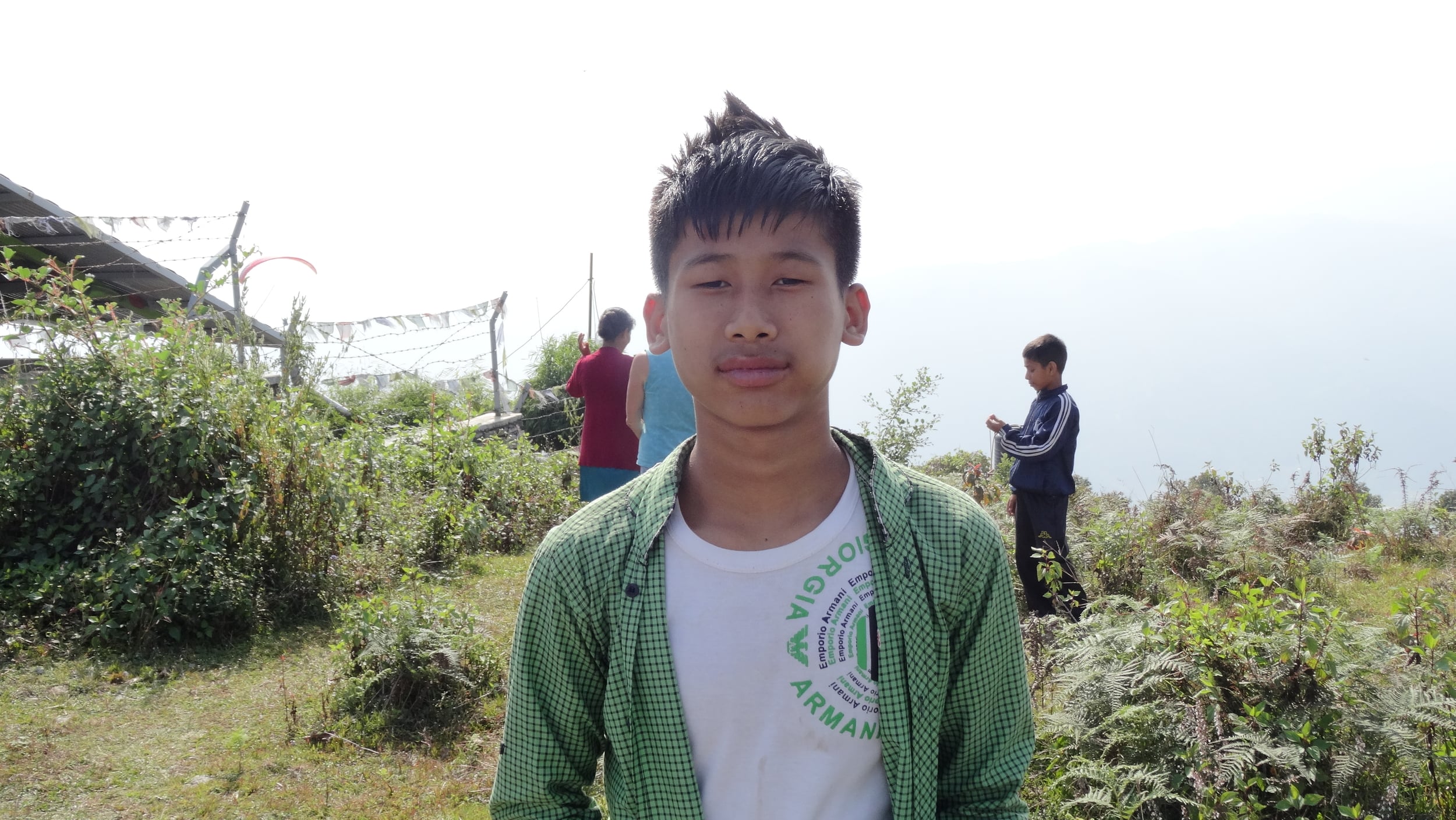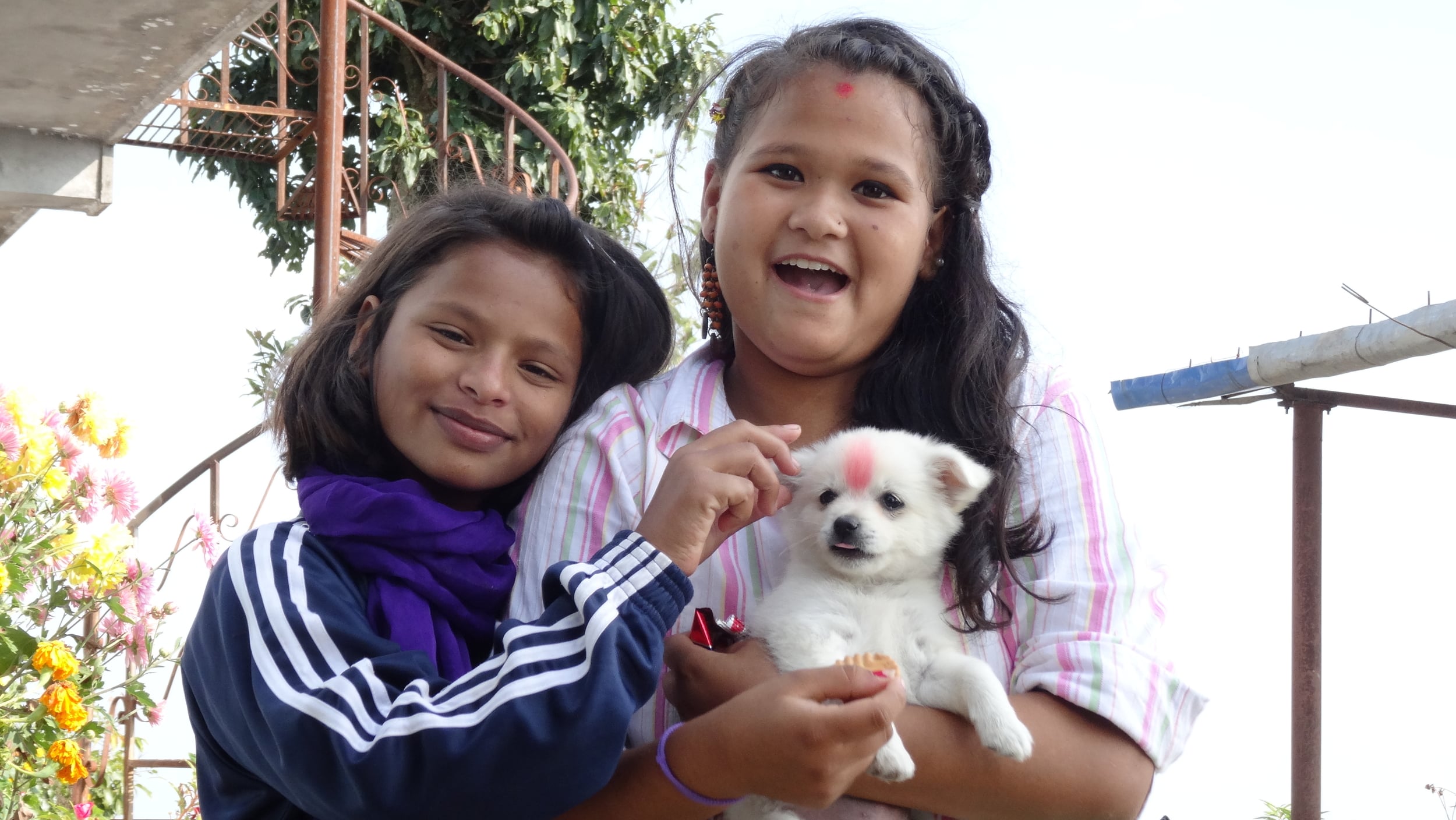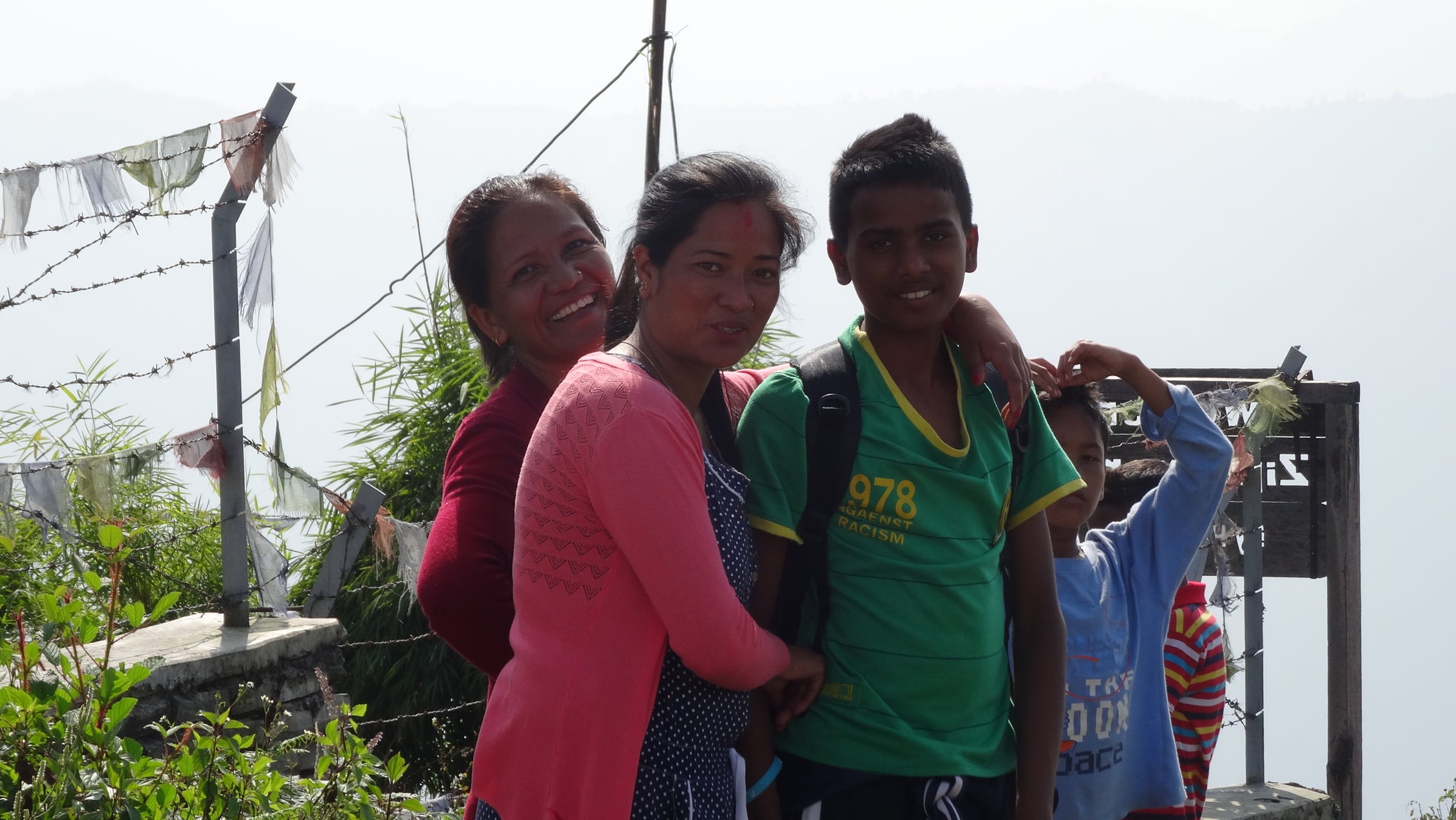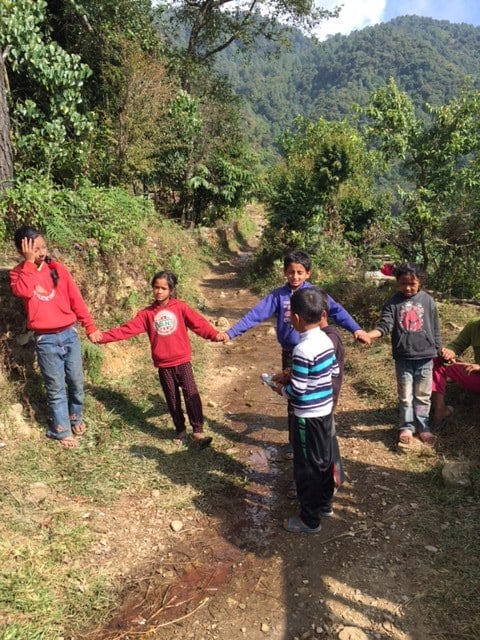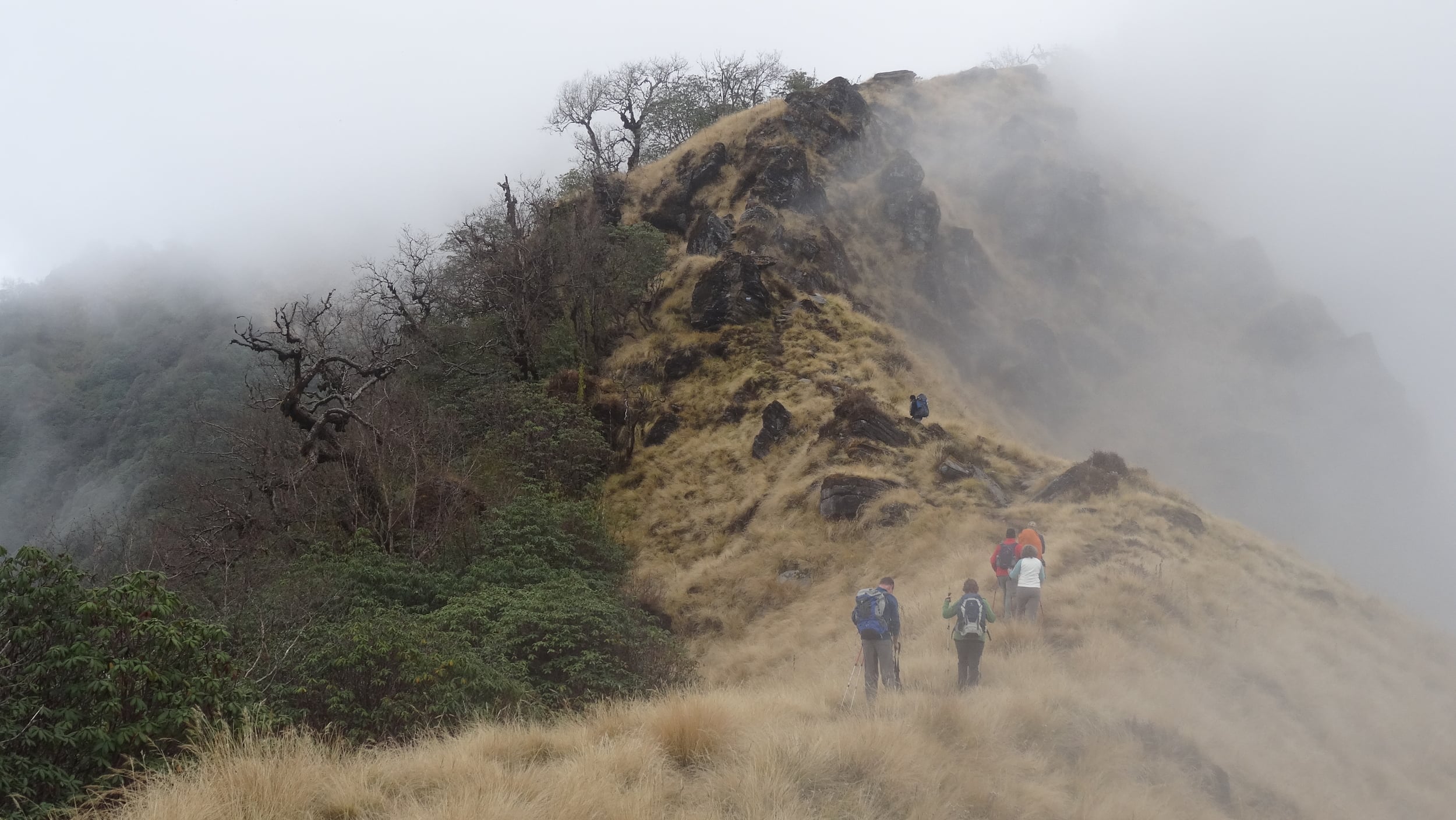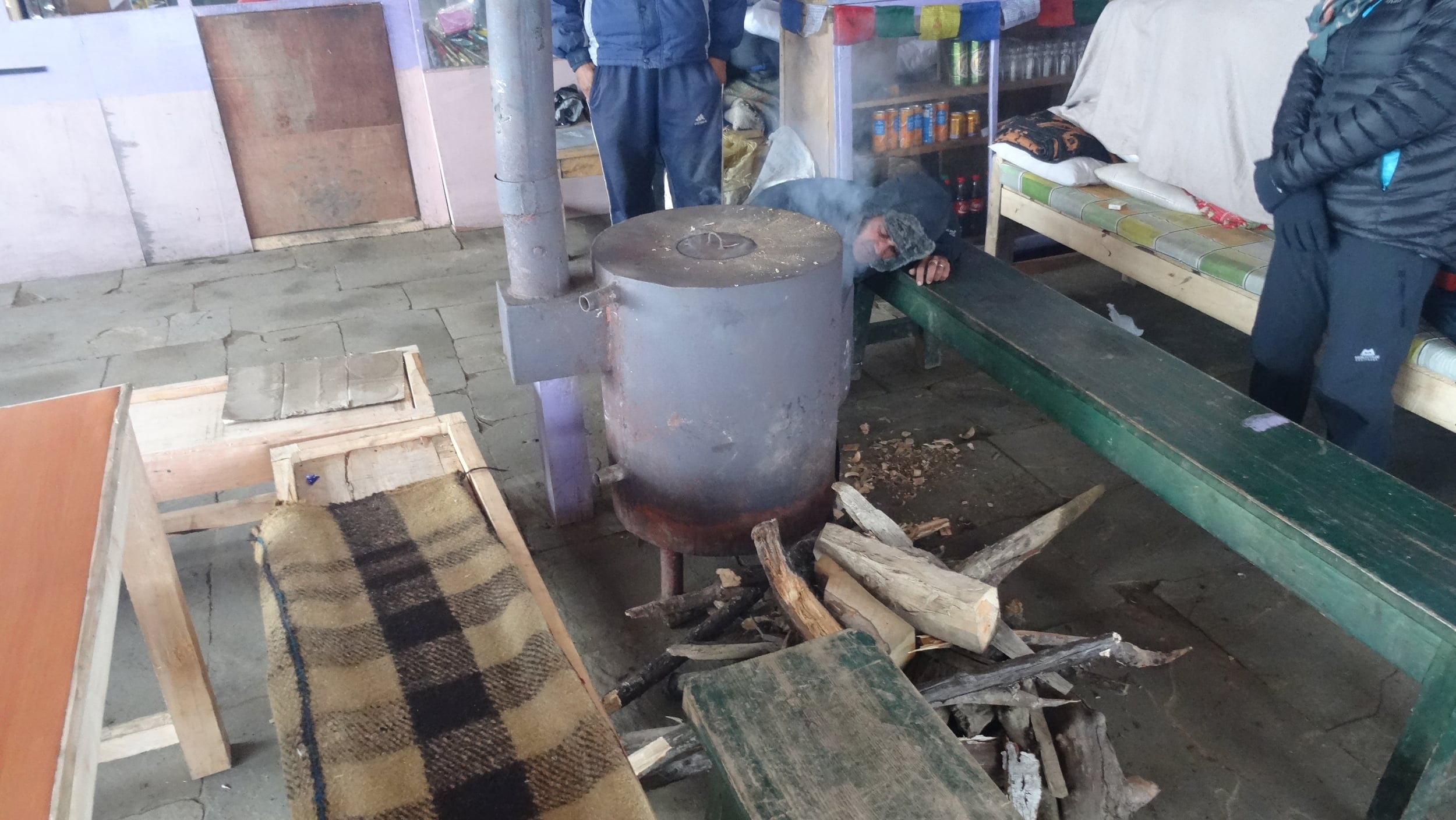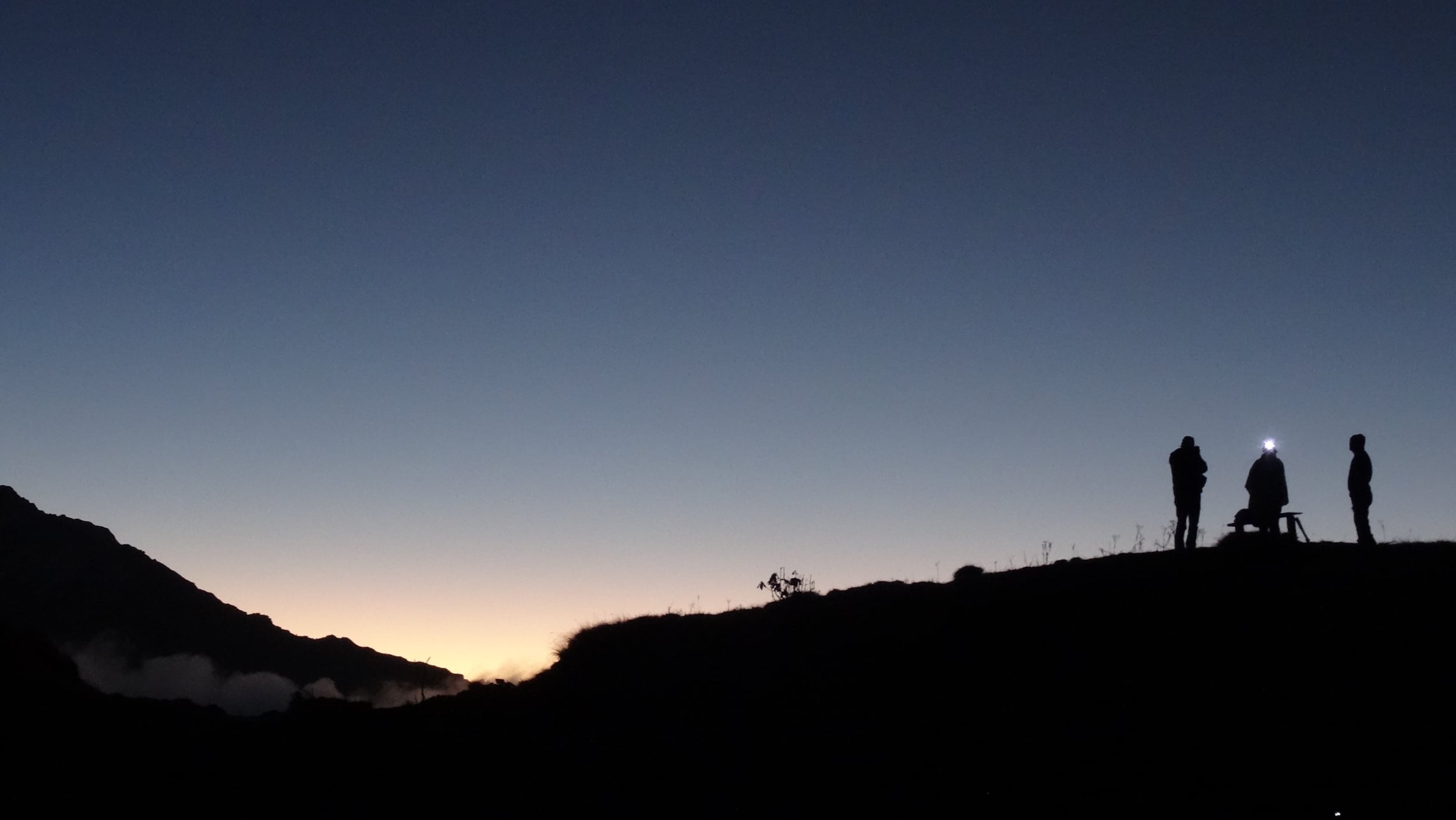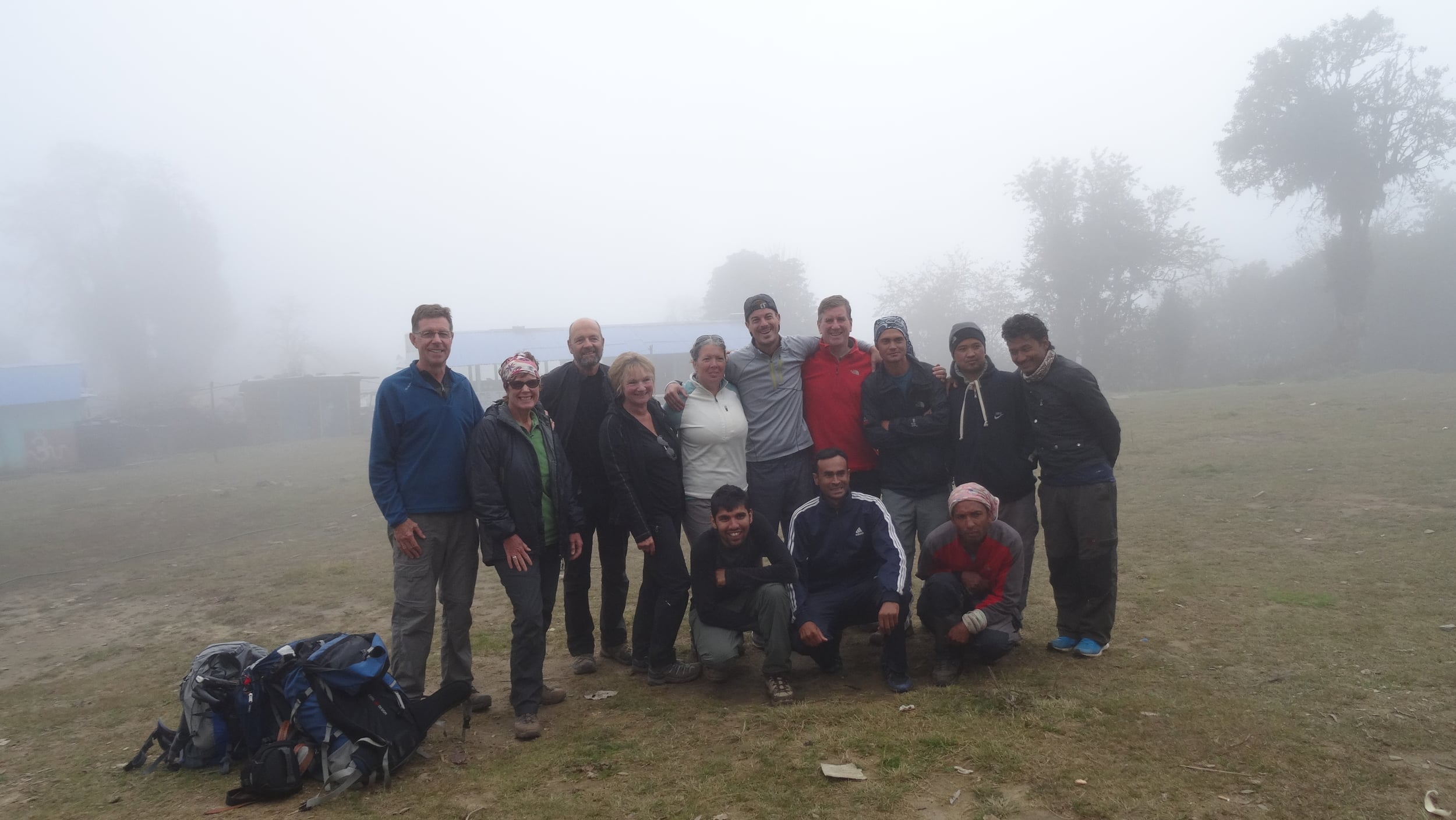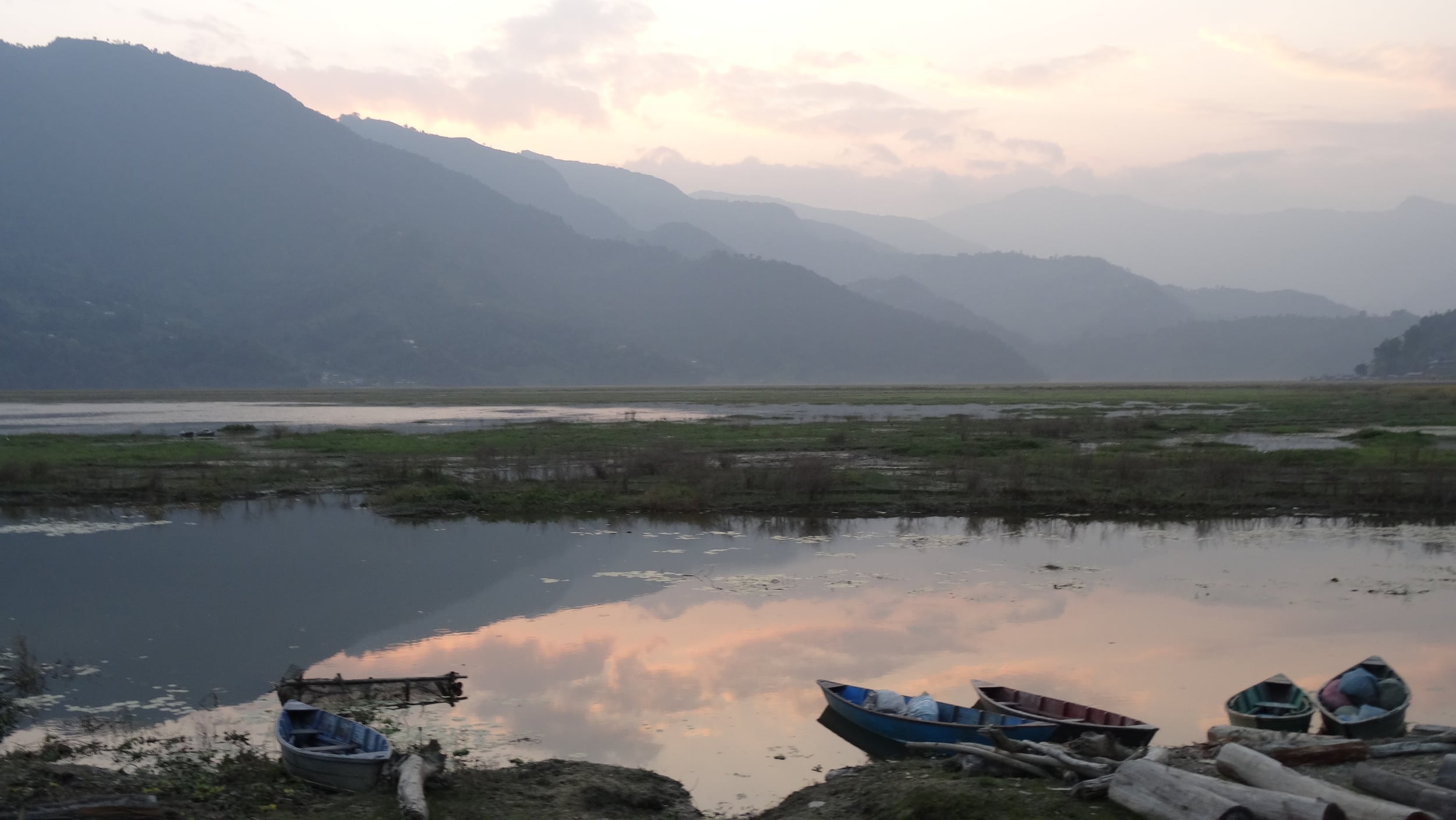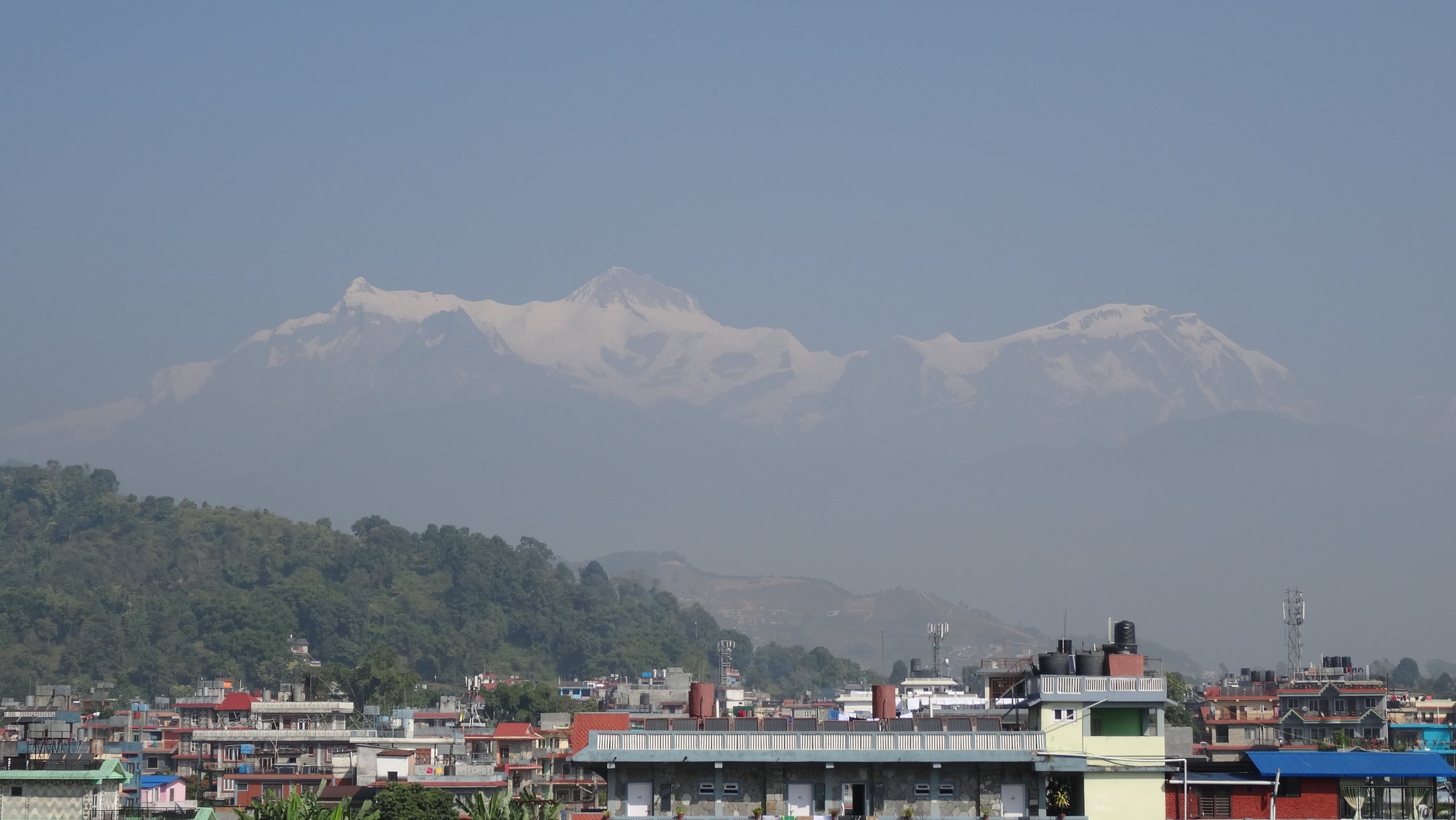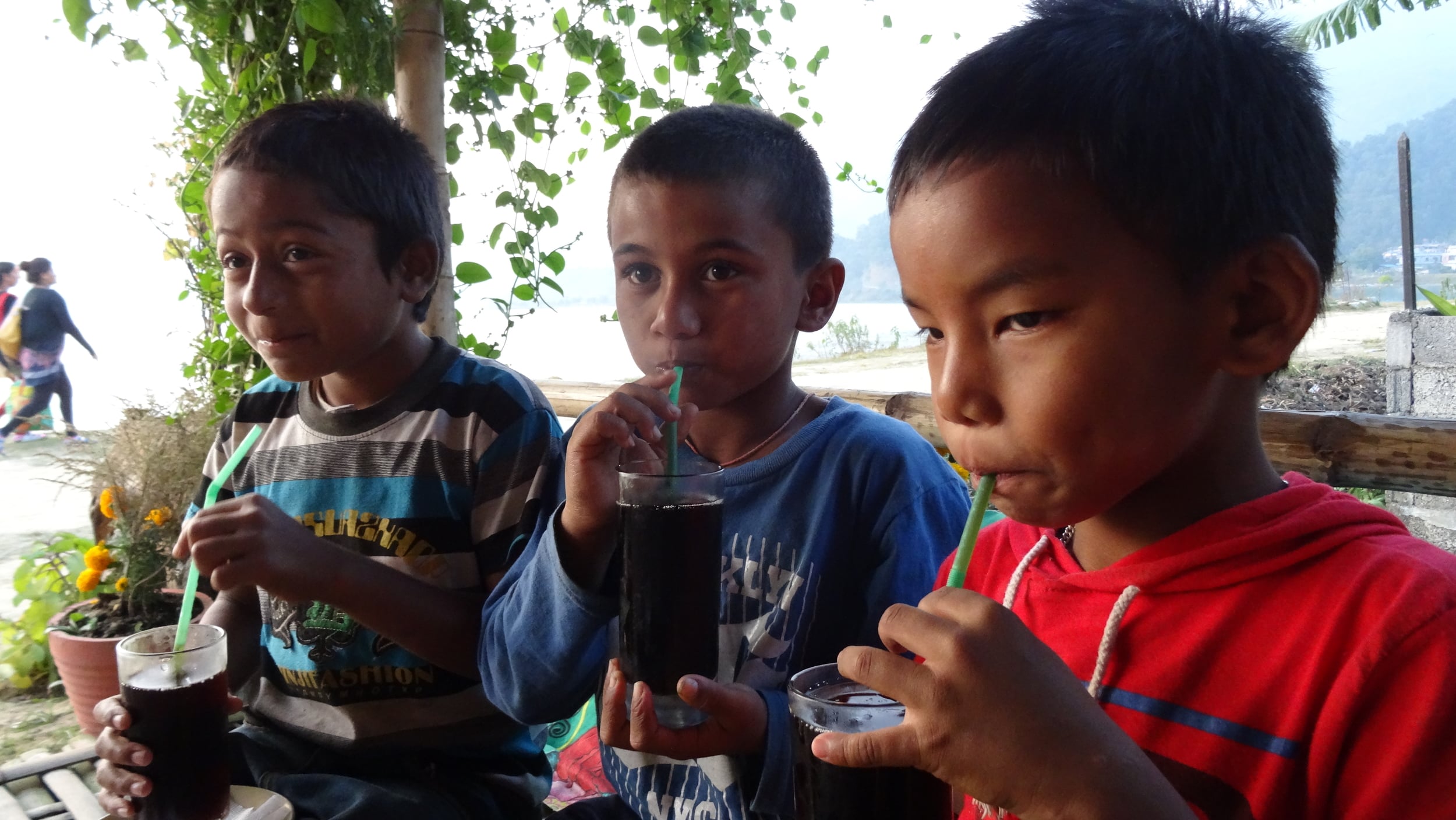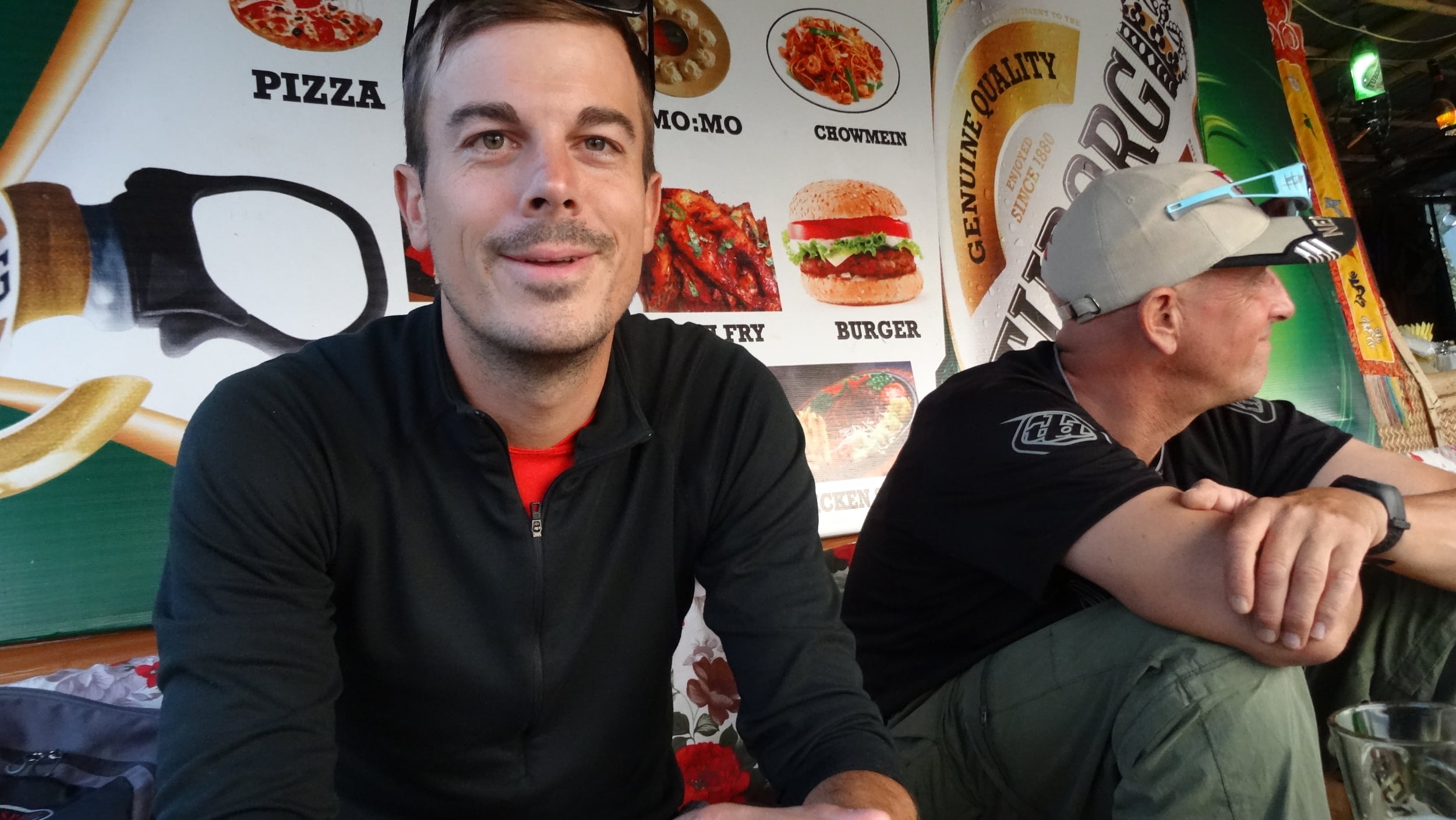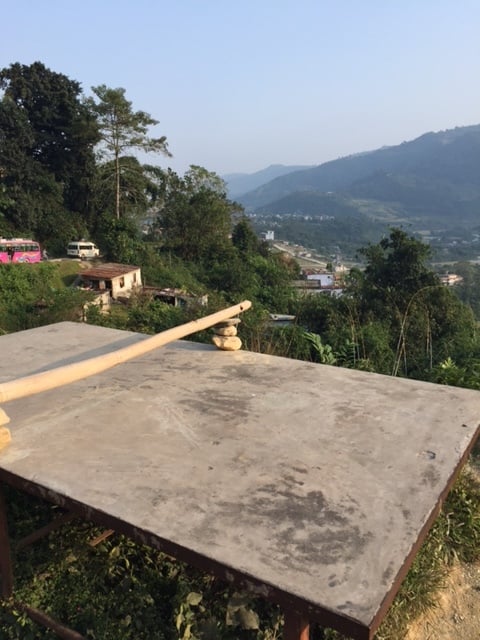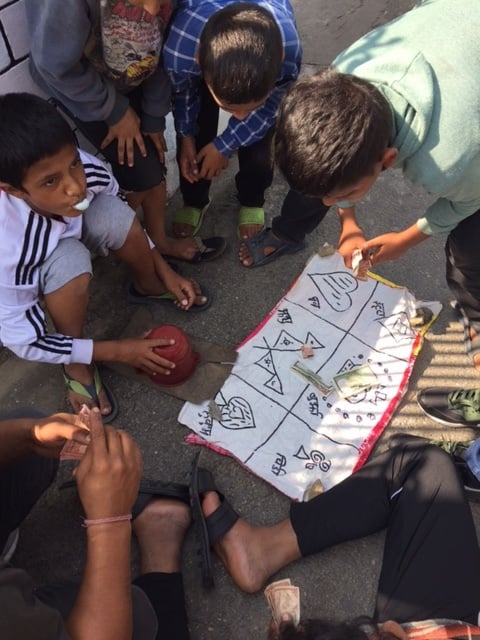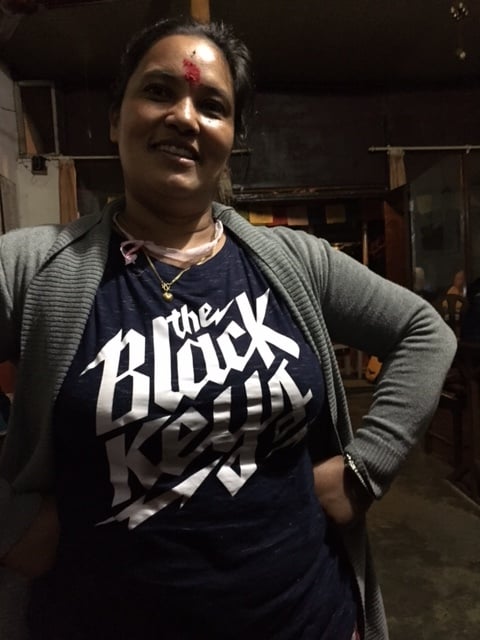Out of all the countries I've traveled to, I've spent the most time in Thailand, and most of that time was spent in Bangkok. Between two visas, one visa extension, and three return trips, I probably spent over 50 nights in the city.
The majority of my time in BKK was spent in the neighborhood of Premrutai Village. It's a small working / retirement class community on the east side of Bangkok's city center. Picture a retirement community in Florida with motorbikes instead of golf carts. It's far from the craziness of Khao San Road and offered some normalcy at a time I needed it. The neighborhood is pigeonholed between the BTS sky train (On Nutt) and the Phra Khanong tributary, roughly at Soi Sukhumvit 50. It's a pretty isolated community because there's only two ways to get to my neighborhood, and one of those ways closes at 9pm (picture below).
The City @50 Hostel became my home and the people in the community became my neighbors. Here are some of their stories.
Wanlapha: Works for the City @ 50 Hostel and takes care of all guess during the night shift 7pm-7am. She's originally from Phitsanulok (half way between Bangkok and Chiang Mai), but now lives and works in the neighborhood for the last 4 years. She's a wonderful cook and a former restaurant owner where she learned english. After 4 years of living in the neighborhood she has to move because of a new condo complex being built.
Mr. Sittisak Tub-Ngarm (aka Tui): Works for the City @ 50 Hostel and takes care of all guess during the day shift 7am-7pm. He's originally from Surin Province but has been living in the area for the last 40 years. He's life long music lover, singer, guitar player, and performer. In his 20's, Tui and his group use to play for vacationing GI's during the Vietnam war. They would entertain by imitating the brit-rock bands like the Beatles.
Sway (Beautiful in Thai): Sway was accidentally hit by the owner of the hostel but cared for, loved, and mended back to health. She's now the house dog. Nobody knows how old she is.
Tao and Pool: Married and have been living in the area for 20 years. They have 1 son and 1 daughter. Tao's machine shop and house is right across from the hostel (you can see the hostel in the background). Tao and his employees are extremely hard workers. They work 6 days a week and 12-14 hr/day. Pool is the life of any party, and what she says goes. She radiates a positive energy that is addicting. After a few Johnny Walkers she's been known to speak english and even dance!
Poom: His mother's family owns the hostel so he's been living here for the last 2 years. He was kind enough to help translate my questions for the soup lady (picture below). At only 11 years old, he may be shy, but he's intelligent and courageous. He loves soccer and plans to spend a lot of time at the Pattaya water park during his 3 month summer vacation.
Kamporng: She's been living in the neighborhood for 20 years and been making Tom Yam soup for just as long. She's seen a lot of change in those 20 years, much more people, but it's good for business!







